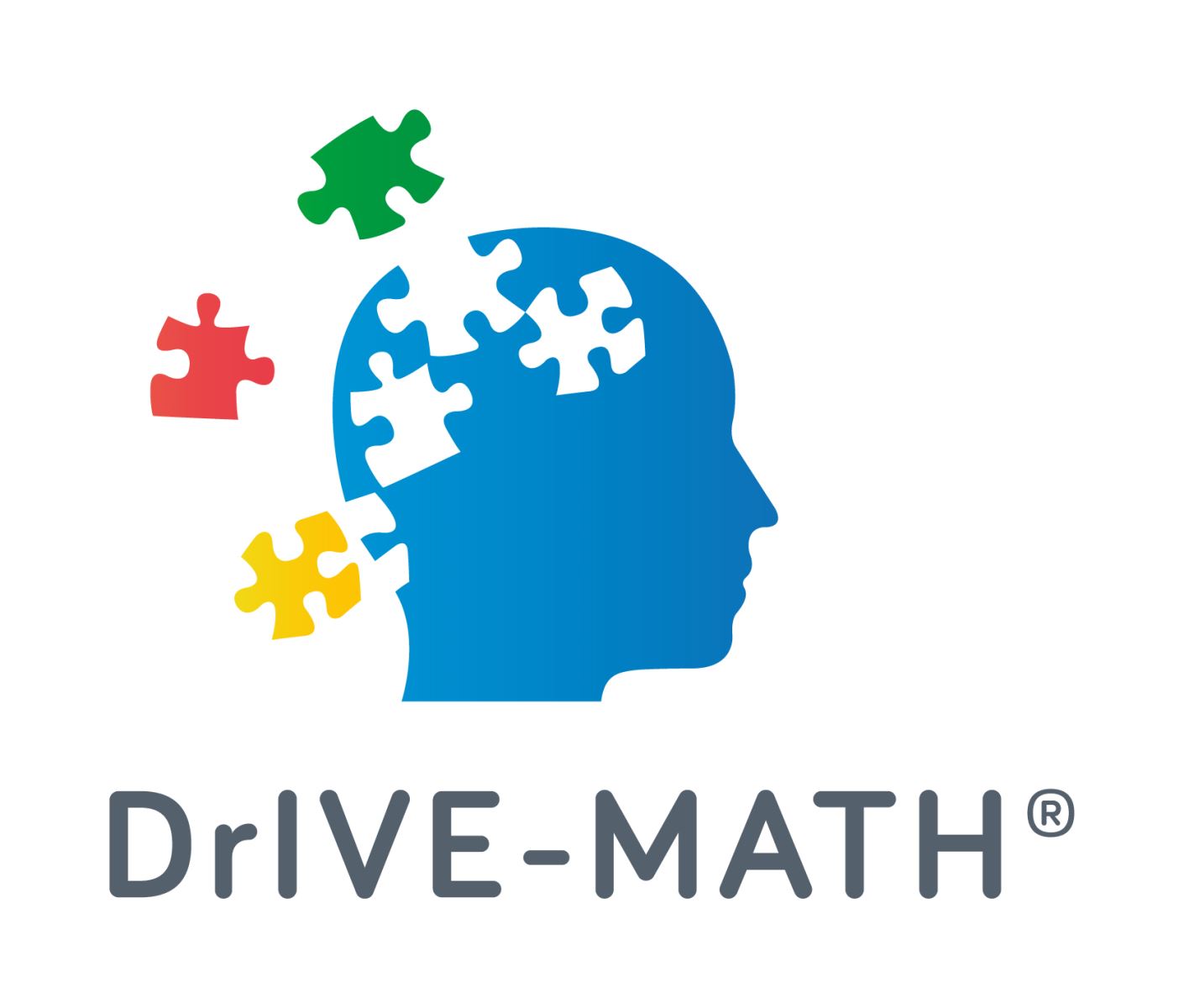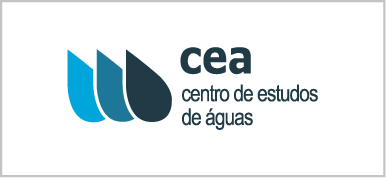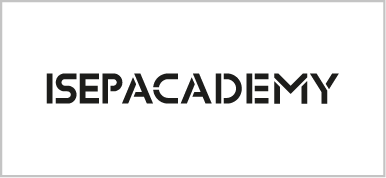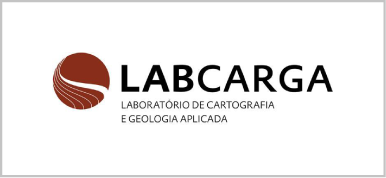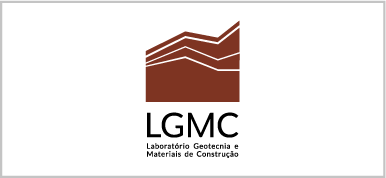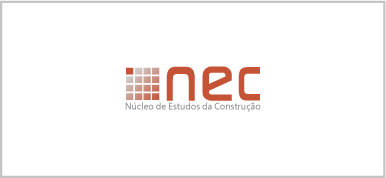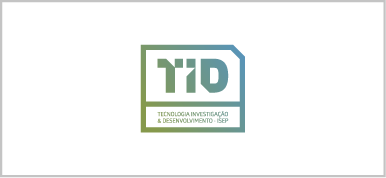
Abstracts
ana BReDA
Abstract
Mathematics is an area whose educational value is recognized by any student attending an exact or applied science course, as is the case of the engineering courses. However, as widely reported, the mathematical knowledge and skills of these students are not in line with this statement. The high percentage of failures and dropouts together with the with the lack of solidity in the knowledge acquired by some students, even with a positive evaluation, reflect the need to find alternative teaching methodologies combined with rearrangements / adaptations or even significant modifications of the curricular contents.
As reported in "Modern Mathematical Education for Engineering Curricula in Europe," the most common measures to face these issues are the reduction of syllabus content, the replacement of some of the harder material with revisions of lower level work; development of additional units of study and the establishment of mathematics support centers. These measures may slightly reduce these problems but their genesis remains.
In this presentation, based on reports of European institutions and associations, such as the Organization for Economic Co-operation and Development (OEDC) and the European Society for Engineering Education (SEFI), we will give a brief description about the European thinking regarding mathematical competencies that engineer students should have, presenting also some active and student-centered teaching techniques.
---------------------------------------------------------------------------------------------------------------------------------------------------------------------
josé carlos quadrado
Abstract
Globally, the educational systems traditionally follow a one-size-fits-all approach to learning, with a single set of instructions provided identically to everybody in a given class, regardless of differences in aptitude or interest. Differences in age, cultural background, occupation, and level of motivation, are mostly ignored in the traditional teaching.
In this millennium, a growing appreciation of individual preferences and aptitudes has led toward more personalized learning approaches, in which the learning process is tailored to a student’s individual needs.
The research in neuroscience and artificial intelligence are providing new insights into the intricacies of neural processes underlying learning by further refining the individualized instruction.
Given the diversity of individual preferences, and the complexity of each human brain, developing methods that optimize learning is a major challenge for the engineers of the future.
---------------------------------------------------------------------------------------------------------------------------------------------------------------------
daniela velichová
Abstract
Presentation will bring information on experience with introduction of innovative active learning and teaching methods into basic course Mathematics I for the first year bachelor students of mechanical engineering at the Slovak University of Technology in
Bratislava, Slovakia. Evaluation of experiment results and students’ achievements will be presented, supplemented by analysis of feedback obtained from students in questionnaire.
This was designed for getting insight into the students’ opinions concerning various teaching scenarios, and to see their comparison of used methods of eduScrum and individual study.
---------------------------------------------------------------------------------------------------------------------------------------------------------------------
LILLA KORENOVA
Abstract
Mathematics is becoming more and more unpopular and " a suffering" for students of engineering, economics, but also future teachers. At the same time, the knowledge of mathematics is more important for the future profession of engineers, IT engineers and economists than ever before. Future teachers should acquire new, constructionist methods of teaching and learning in a digital environment during their university studies. We think that one of the problems lies in a prevailing conservative perception of mathematics teaching/learning. Teaching and learning mathematics at the university level needs to be adapted to the digital competences of today's students. We want to point out the possibilities of mobile learning with an emphasis on using applications with augmented reality to increase the attractiveness of mathematics teaching/learning and increase the mathematical literacy of university students.
----------------------------------------------------------------------------------------------------------------------------------------------------------------------
christian mercat
Abstract
An experiment is carried out for 1st year engineering students at the University Claude Bernard Lyon 1: the second semester mathematics course will be conducted on two test groups, receiving homework using whether the WIMS or the WebWork exerciser. Their results will be compared with a control group using pen and pencil homework. We will discuss the methodology of the study and its preliminary results.
---------------------------------------------------------------------------------------------------------------------------------------------------------------------
WOLFRAM HARDT
Abstract
Following the central question “How do design concepts have to look like that make the proven quality of individual mentoring for the acquisition of competences scalable?", concepts for personalized learning environments and digital mentoring for today's and tomorrow's students. Focusing in particular on the effectiveness of digital higher education and the conditions for its success. In addition to the content related validation, the focus is on the development of methodologies for a testbed. Due to the sustainable change of the higher education landscape it is necessary to examine didactic, technological and organizational aspects of higher education in interdisciplinary research consortia.
----------------------------------------------------------------------------------------------------------------------------------------------------------------------
GUSTAVO ALVES
Abstract
Maths can be taught to engineering students by using active methods, for instance doing real experiments and then critically analysing the results by comparing them against computer simulations and / or results obtained through calculus. By using a remote lab, teachers can perform the same experiments, remotely, through a simple computer connected to the internet. Furthermore, students can also perform the same experiment, simultaneously, through their mobile phones or portable computers, and obtain their own data, that may vary a bit, as in any other real word, physical, experiment. The comparison against mathematical models, results obtained from calculus, and these slight variations may then trigger discussions that ultimately benefit the learning process of Maths. In this keynote, I will present a few examples of this methodology, using the remote lab named VISIR (Virtual Instrument Systems in Reality).
----------------------------------------------------------------------------------------------------------------------------------------------------------------------
paula peres
Abstract
In this presentation, we reflect on the impact of gamification on the motivation of the students and on the course enjoyment. We analyse some practices to promote students’ engagement in the learning process. This reflection is supported by real examples in the context of higher education.

